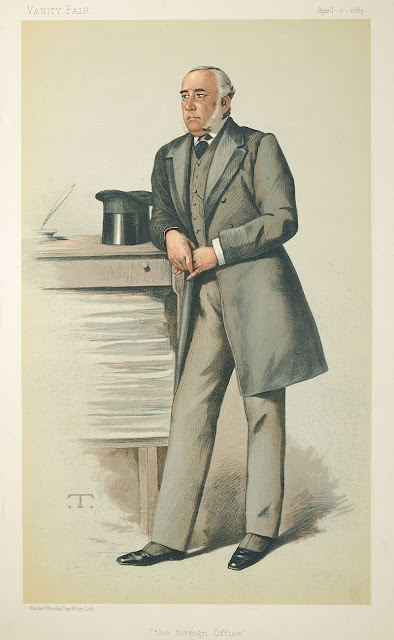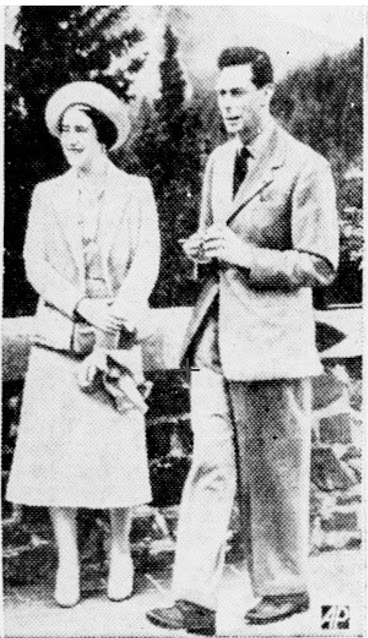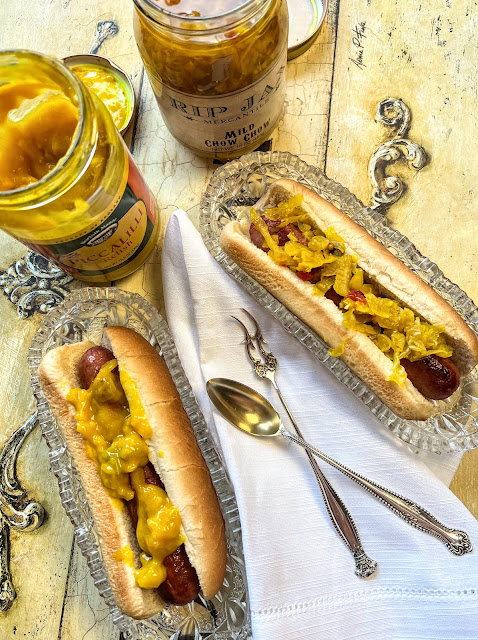- Finger bowls are not often used, but one needs to know what to do when a finger bowl is provided.
- At very formal dinner parties, hotel-dining rooms, and with sea-food dinners, it is brought to the table before the dessert.
- At the formal dinner party the finger bowl arrives on the dessert plate, a small doily under it, and the dessert fork and spoon resting on each side of the bowl. When it comes to the table, the guest removes the silver, putting the fork at the left of the plate, the spoon at the right. Then he lifts the bowl and doily from the plate and sets them on the left side of the plate.
- The proper way to use the finger bowl is to dip the tips of your fingers in the water, rub them over your lips if you like, then wipe both your fingers and your lips with the napkin. Do it as inconspicuously as possible.
- When one has eaten lobster, the finger bowl is quite necessary. Usually a slice of lemon is served with the finger bowl of warm water, for lemon rubbed over the fingers will take away the unpleasant fishy odor.
🦞Etiquette Enthusiast, Maura J. Graber, is the Site Editor for the Etiquipedia© Etiquette Encyclopedia




















